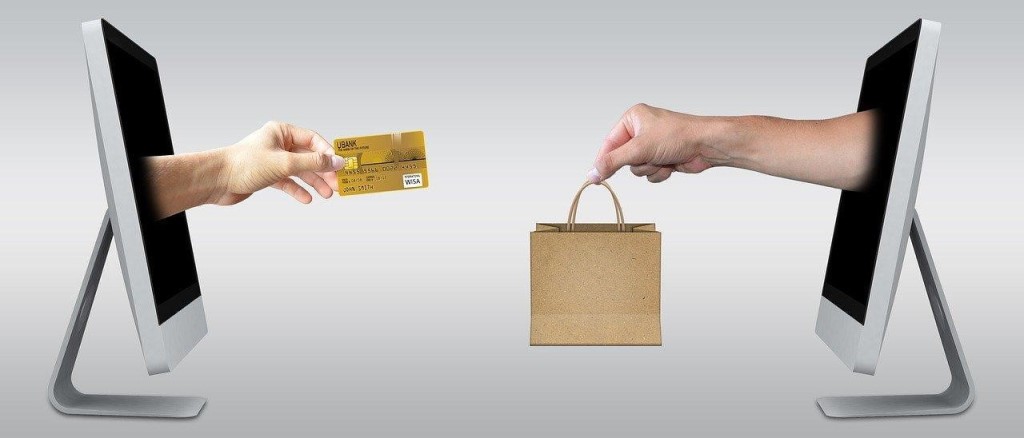When creating an e-commerce business, have a plan for processing and receiving online payments. Due to its complexity, a newcomer to the online business space may find it hard to understand online payment systems.
You can integrate the system into your e-commerce business, which is why we’ve written this comprehensive tutorial. This article will talk about the different ways your e-commerce website can receive and process payments online. You should also be able to set it up by the end of this post.
How An Online Payment System Works
There is an ever-growing demand for online payments. A 2020 statista global survey hints that 27% of US buyers make their online payments via online platforms such as PayPal and Amazon pay. An online payment system allows you to receive payments from customers without having them queue up in the bank to make payments.
That involves parties working together to manage everything, from collecting a customer’s card information to processing and withdrawing funds from the e-commerce business’s account.
The Payment Gateway
In our case, it’s a company that acts as a go-between for credit card issuers and payment processors. An example of such a company is PayPal, Authorize.Net, etc. Payments are processed and verified behind the scenes using payment gateways, which means they are completely hidden from your consumers.
Payment Processor
This is a neutral entity that oversees and controls card transactions. When a cardholder makes a purchase, the money is sent to you via the payment processor.
They are responsible for handling the settlement. Payment processors and gateways work together to finalize transactions smoothly.
Merchant Accounts
This is a business account for online and e-commerce operations. With a merchant account, you can receive payments made through credit cards. Popular payment gateways usually offer this account after registering for their service. You may also opt to open one manually.
The Best Online Payment Systems
There are many more payment gateways out there, but these are the top 3.
Online Payment System – #1. PayPal
PayPal lets individuals and e-commerce businesses take payments online from customers/clients. It’s very popular and reliable; statistical data from Fortunly suggests that PayPal controls around 50% of the market share in the online payment industry.
Most customers will feel secure making transactions with PayPal because of its added security layer. PayPal has started accepting crypto payments and their fees aren’t exorbitant. Their service fees range from 2.9% to 4.4% +0.30 dollars depending on your region.
Online Payment System – #2. Authorize.Net
Authorize.Net has been around for a long time. It’s simple to install and use, is compatible with almost all merchant accounts, and can process transactions from clients worldwide. The transaction fee starts from 2.9 dollars, depending on your region.
Online Payment System – #3. Stripe
Stripe is well-known; it follows PayPal closely when it comes to market share. In addition to accepting in-person and online payments, it can also charge consumers. Stripe’s products can expand and scale with businesses of varying sizes since the company heavily emphasizes developer-driven bespoke payment solutions.
Overall, it’s a simple payment platform that is easy to use and suitable for online businesses. Their service fee starts at $2.9.
PayPal is used by most businesses in the US. However, make your selection based on your requirements, business size, and maintenance cost.
How To Set It Up
- Design and host your business website. DIY it on Shopify or WordPress.
- Create your payment page on the website
- Select a payment gateway company suitable for your requirements (PayPal is great).
- Open a merchant account if necessary.
- Link your payment page with your chosen payment processor.
Online Payment System Best Practices in E-Commerce
- Apply the Secure Socket Layer (SSL) to the website for secured transaction. That’s a sure way to build trust from customers that want buy from you. Whether you are selling some goods or services, or just offering a streaming service on Spotify.
- For flexibility, allow 2 or more options for payments.
- Provide customer support to sort payment issues with your customers.
Last Words
We hope to have simplified the process for you. Installing one will increase the likelihood of your customers buying from you.
Customers can spend more if your site has an integrated payment system that makes it easier for them to pay and gives them access to a credit line. Also, some would even prefer to make purchases using credit cards to earn reward points.




